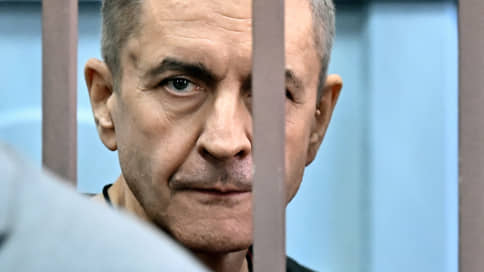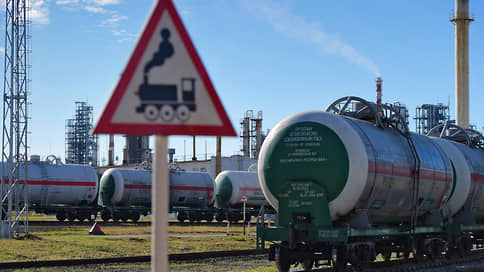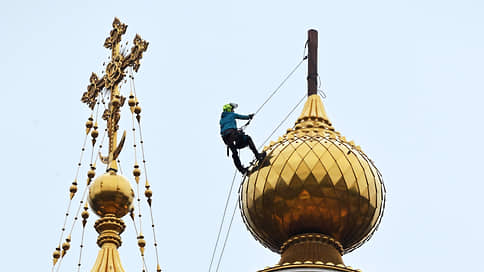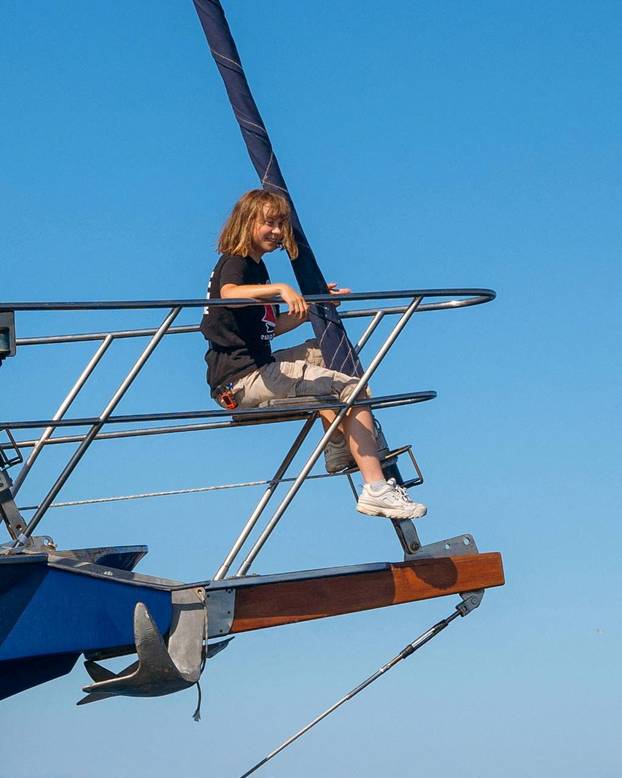The Ministry of Energy was determined on the sampling parameters for the renewal for the Far East

According to Kommersant, the parameters for additional selection of renewable power plants for 2026–2028 were agreed to cover an energy deficit of 1.7 GW in the Far East. The construction of an SES with a capacity of 850 MW is proposed, the VES – at 600 MW, another 250 MW can ensure the transfer of previously selected projects from the Siberian Siberianzer and Office. The regulators did not reduce the requirements for localization, which, according to some market participants, calls into question the payback of new projects. Analysts believe that the construction of temporary generation in gas turbines or TPPs would be more effective.
The Ministry of Energy was determined by the parameters of additional competitive selection of renewal power plants for 2026–2028. This follows from the draft order of the Government of the Russian Federation (Kommersant has). At the expense of selection, it is planned to cover the 1.7 GW deficit predicted in the United energy system (SEC) of the East. Quota for solar power plants (SES) will be 850 MW, for wind farms (VES) – 600 MW. Another 250 MW will come to the selected projects of the Unigrin Energy SES, which the company will transfer from the Siberian Siberian State University.
According to the draft order of the Government of the Russian Federation, new generation objects can be built in the Amur Region, the Jewish Autonomous Region and the Khabarovsk Territory, east of the controlled section “OES – the West of the Amurenergo” and the west of the cross -section “Transition through the Amur”. LCOE (one -speed electricity price for the entire period of the technology life cycle) for the VES in the Far East will be in the range of 7.7–8.1 rubles. for kW • h, for SES – 9.1–9.5 rubles. for kW • h. The average declared use of the installed capacity (KIUM) in the WEST should be 55%, in SES – 30%.
The requirements for the localization of equipment remained the same. As indicated in the document, the degree of localization of the VES must correspond to 87 points, SES – 110 points. Previously, this issue was raised during the meeting in the Ministry of Energy on March 5 and, as follows from the protocol (with Kommersant), caused disagreements. The Association for the Development of Renewal Energy (Arve) noted that the Unigrin Energy, Rosatom Renewable Energy and Power Machines supported the preservation of the existing level of localization, and the “Meader Energo” and En+ advocated mitigating or canceling the requirements.
Fedor Opadchiy, head of the « system operator », March 21:
Renewable renewable as a rapidly intelligent and quite cheap in today’s conditions, the source can be a solution to the electricity deficit in the Far East
The construction of a renewable turn in the Russian Federation pays off at the expense of a wholesale energy market that pays a premium for the power of new facilities. According to the calculations of the “market council” (energy market regulator), when implementing new renewments for the RIST for the Far East, the load on the market will be 238.5 billion rubles. (in prices of 2021) until 2050. Support for SES projects will lead to prices for consumers of the second price zone (Siberia and the Far East) of the wholesale market by no more than 2.25%, support for VES projects – by 1.97%.
The Unigrin Energy told Kommersant that the transfer of SES projects with a capacity of 250 MW will increase the cost of their implementation, but the construction of high -power power plants will level the growth of costs. The company added that in the new selection for the construction of VIE generation in the Far East, Havel plans to participate. According to SPARK, in March, 54% of Hevel was received by Partner Plus JSC, which is headed by the general director of Unigrin Energy Igor Shahrai.
The Ministry of Energy was informed “Kommersant” that the additional selection of renewables is planned to be carried out in the near future. The regulator is offered not to change the requirements for localization, since the capabilities of Russian investors allow you to cover the required volumes. The “Market Council” was told “Kommersant” that for a delay in the start of power supply to new generating objects of renewatory, penalties are provided. Director of ARVE Alexei Zhikharev noted that the coating of a deficit in the East OES at the expense of the SES or VES will be faster and many times cheaper than due to new TPPs.
The “Energy Consumer Community” believes that three criteria are important to cover the energy deficit in the Far East: the shortest period, reasonable money and a high degree of localization. “We are for the priority of the first two, since the emphasis on the third will lead to unjustified expenses, the lack of competition and the elimination of strategic prospects for the development of renewal power plants in the region,” the association says.
EN+ was informed “Kommersant” that they are considering participation in the competitive selection of renewables in the Far East, but the proposed generation volumes will not make the organization of localized equipment payback. “Delivery of large -sized equipment of the VAU to the Far East from the central part of Russia will lead to a rise in the cost of construction and, accordingly, to an increase in the tariff, which will affect the consumer,” says En+. They added that a priority option for the company is to use imported equipment.
The Rosatom Renewable Energy said that the current level of localization will provide loading the created production capacities of the company. In the « Forward Energo » and the Ministry of Industry and Trade did not respond to the request « Kommersant ».
Sergei Rozhenko from Kept believes that the effect of the construction of renewables in the Far East will be significantly lower than expectations. According to him, 850 MW SES and 600 MW of the VES will reduce the power deficiency in the winter period by no more than 300-400 MW. “The logic of the construction of the SES looks even less unambiguous, since the peak of the production of solar stations coincides with the flood and excess capacity in the spring and in the summer,” the analyst notes. According to Mr. Rozhenko, in the Far East it would be more rational to create capacities in thermal or atomic generation with an accelerated pace. Among alternatives-the construction of temporary generation in gas turbines or gas-piston plants, the expert indicates.







